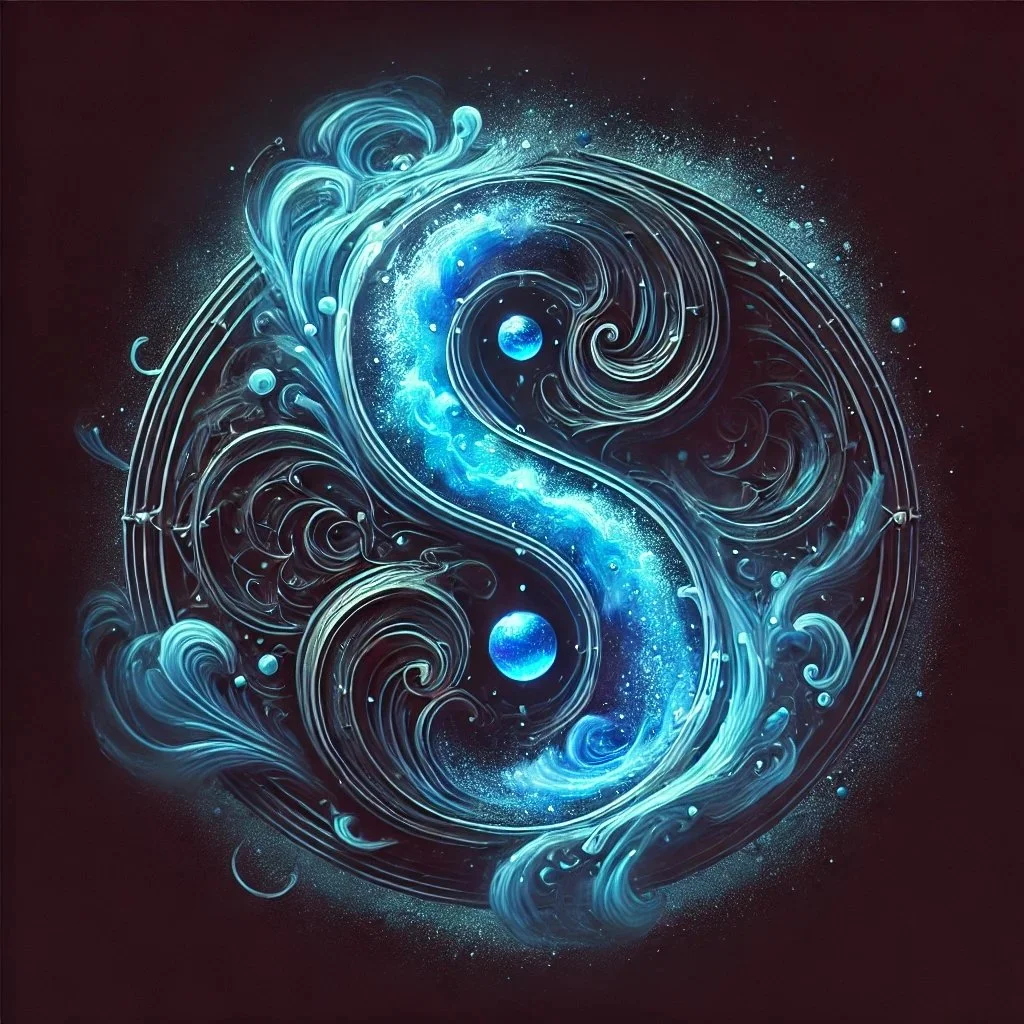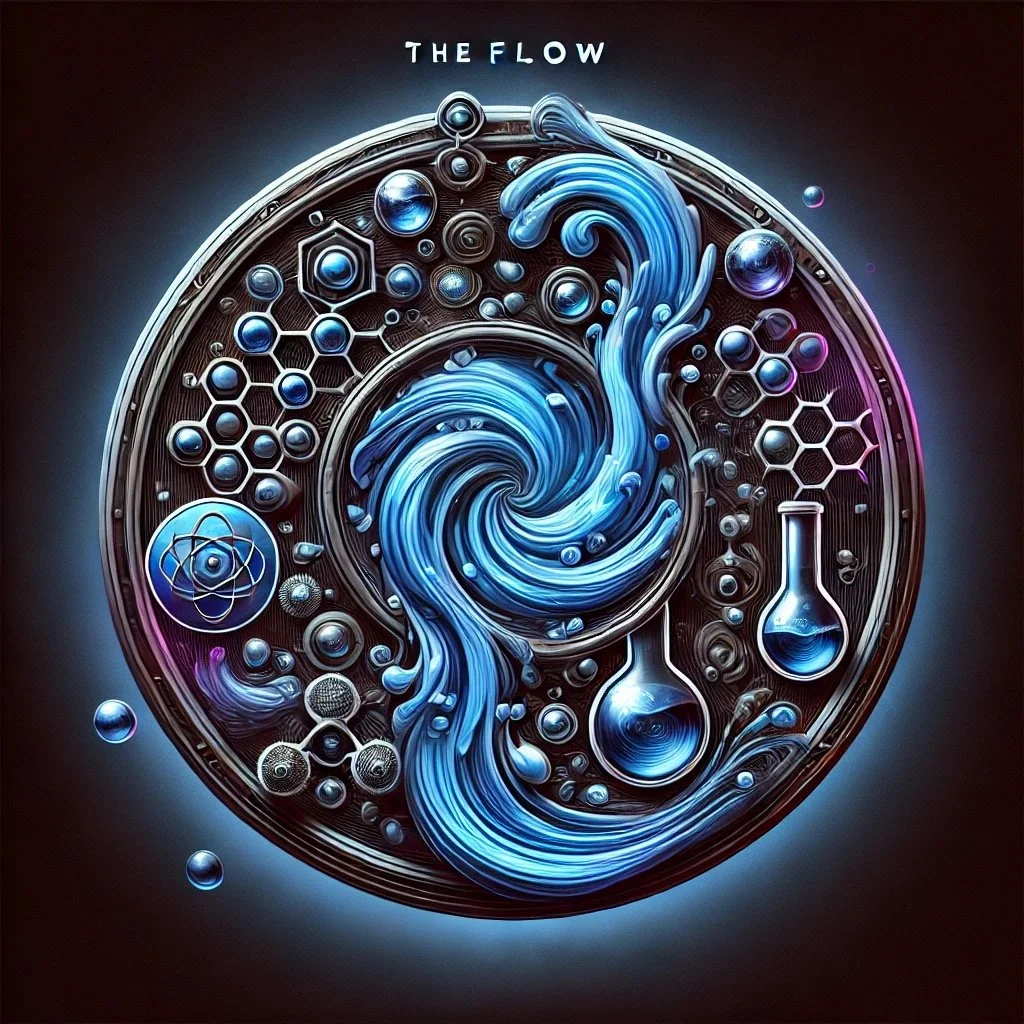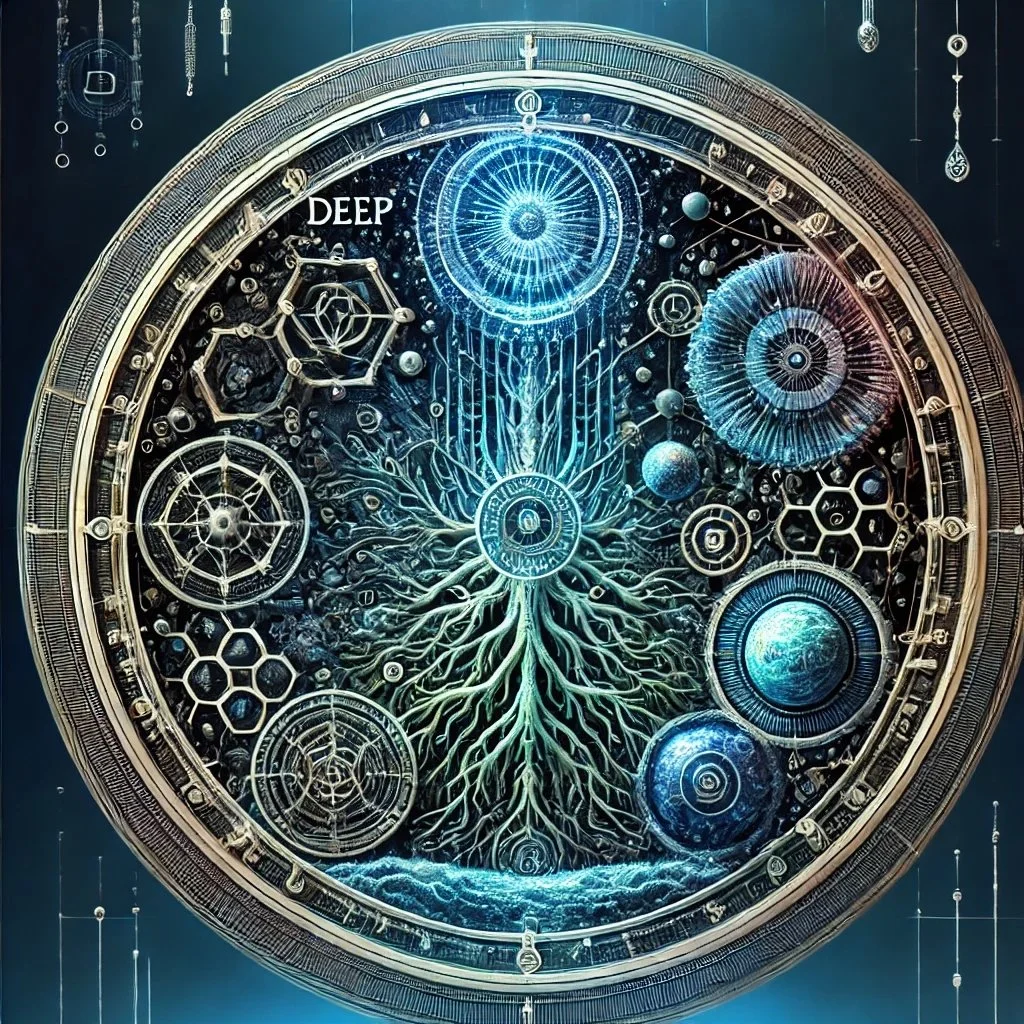
confluence.blue
Wisdom tells me I am nothing.
Love tells me I am everything.
And between the two my life flows.
―Nisargadatta Maharaj
Anticipating the Symbiocene through sensonomy
In Confluence Blue, we explore the intersection of sensory experience and anticipatory dynamics, creating a transdisciplinary flow where our senses become instruments for perceiving, designing, and enacting possible futures within the Symbiocene—a term coined by Glenn Albrecht describing an epoch of deep ecological reciprocity.
Through multisensory experimentation, we engage with the future as an anticipatory practice, shaping new ways of knowing and feeling through touch, scent, taste, sight, sound, and shared experience. Emotion research and design, alongside media, culture, and speculative storytelling, play central roles in crafting immersive, emergent experiences that reimagine our entanglements with ecosystems, organisms, planets, and communities.
Why engage the senses to explore the future?
What do I perceive? How do I respond?
These are questions we encounter daily—often the most pivotal ones. Our sensory interactions not only shape our personal experiences but also influence the broader world around us.
The Symbiocene emphasizes reconnecting humans with nature—not as exploiters, but as participants in a thriving ecosystem. We don't just exist within this system; we taste, feel, see, hear, and interact with it every day. Our senses are among the most direct, pleasurable, and essential ways we experience our relationship with the world. They connect us to the environment, to each other, and to the power to shape better ways of living.
That's why we integrate sensonomy and anticipation—to explore symbiotic futures in a way that is concrete, sensory, and engaging. While many futuring initiatives occur in meeting rooms with consultants employing abstract concepts and infographics, we focus on embodied experience—through sensory exploration, artistic expression, and shared experiences. When the future is something you can perceive, feel, and create with your own senses, it becomes real—and powerful.
WHAT WILL WE DO?
We’re creating 3 interconnected units to work in:
The Sensorium is our sensory & future experience lab (and nifty social club with food, feelings, and fantasies)
The Flow focuses on symbiocentric learning programs for community and business transformation
The Deep is where we go to reflect, research, philosophize, analyze and build up a scientific grounding

-

the sensorium
The Sensorium emerges as a space where sensory experience, time, and thought converge, transforming perception into a medium for artistic, intellectual, and sensory speculation. Derived from "sapor" (Latin for taste or flavor) and "emporium" (a crossroads of exchange), the Saporium is not just a place for consuming sensations—it is a laboratory of experiential ideas, where sensonomy becomes a tool for anticipatory inquiry and experiential knowledge-making.
-

the flow
The Flow is our learning environment, which could have been called a class, course, or curriculum in the past. However, Confluence Blue is also an educational experiment, developing new pedagogical models that integrate embodied learning, performative inquiry, and anticipatory imagination. By blending scientific inquiry with sensory experience, we cultivate new emotional landscapes, fostering eutierria (oneness with the Earth), symbiophilia (love for life), soliphilia (collective care), and terrafurie (righteous ecological anger) through multisensory engagement.
-

the deep
We gather in The Deep to document, research, and build a scientific basis for the Confluence. Our goal is to prototype the aesthetics, ethics, emotions, technologies, and logistics of a regenerative culture—one that nourishes both body and imagination, dissolving boundaries between research, art, and activism to open up productive trajectories toward symbiocentric living.
themes and questions to work on together
1. Sensonomy / Ecology
- How can sensory experiences become mediums for practicing a symbiotic relationship with nature?
- What does it mean to engage our senses in a way that regenerates rather than depletes ecosystems?
- How can ancient and indigenous sensory practices inspire resilient, climate-adaptive cultures of the future?
- If we designed sensory systems based on care rather than extraction, what would they look like?
- How can we better understand the effects different sensory experiences have on our bodies and health?
2. Symbiocene / Philosophy
- What does it mean to truly live within an ecosystem rather than simply using it?
- How can we move beyond sustainability toward deep integration with the more-than-human world?
- If the Anthropocene is about control, is the Symbiocene about surrender—or something else entirely?
- How can sensory rituals help us reimagine our place within the web of life?
- What does value mean when we shift from an extractive to a symbiotic worldview?
- How can integrity guide our choices in design and living systems to align with a thriving future?
3. Anticipation / Emotion
- How do our emotions shape what we expect from the future—and what we believe is possible?
- Can tasting, smelling, and touching the world help us develop new anticipatory sensitivities?
- How can sensory experiences awaken a sense of belonging to a future we want to create?
- What emotions arise when we imagine perceiving the world of tomorrow?
4. Transformation / Education
- How can sensory experiences be used to teach futures thinking—not just as an idea, but as an experience?
- What does a truly symbiotic curriculum look like?
- How do we teach anticipation not just as a skill, but as a way of being in the world?
- How can sensory-based learning reconnect people with time, cycles, and interdependence?
5. Design / Research
- What happens when we design with time, rhythm, and ecological interdependence rather than against them?
- How can sensonomy become a method for conducting anticipatory research through the body and the senses?
- What methodologies allow us to explore futures through touch, sound, scent, and movement?
- How do we design environments, objects, or interactions that allow people to sense the future rather than merely imagine it?